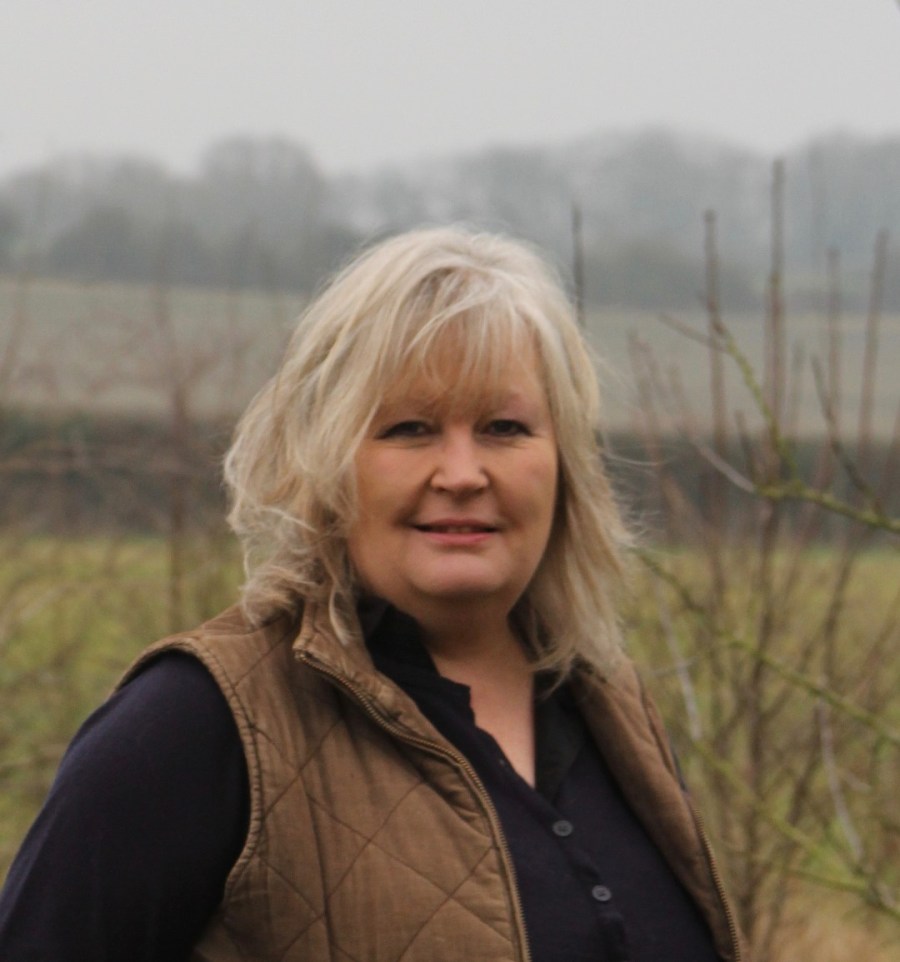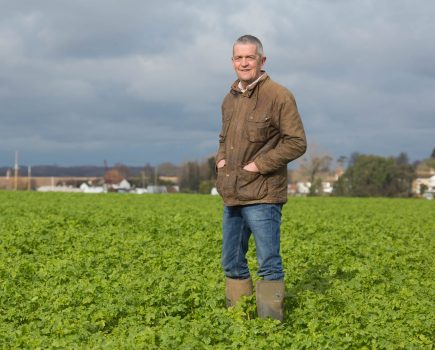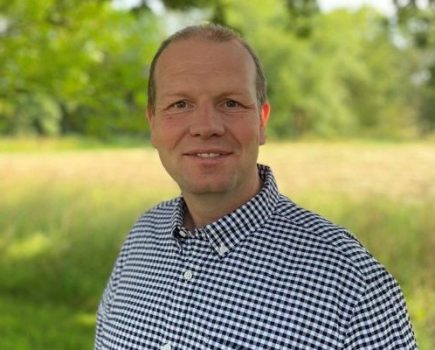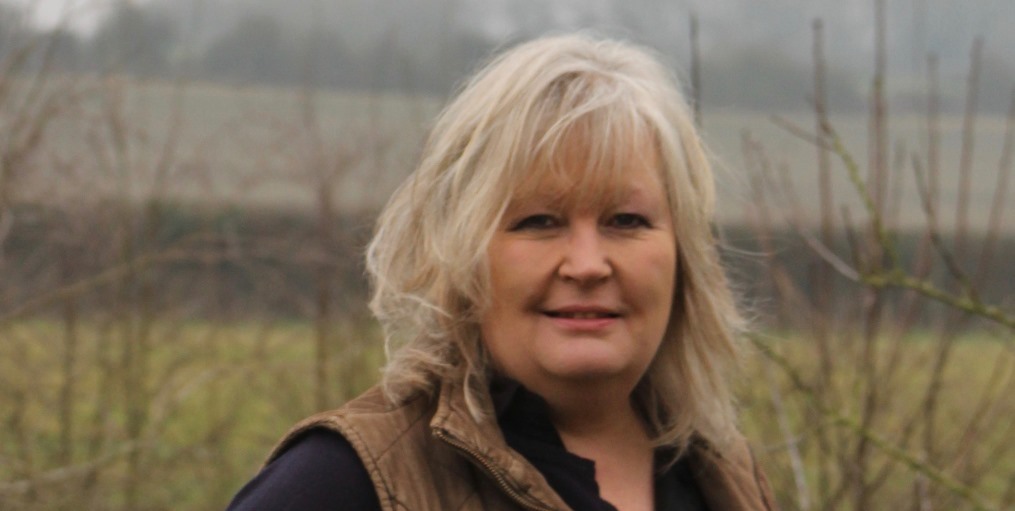
In our little corner of South Warwicks, it’s in the local pub that most of our farming friends congregate and as ever talk turns to, well, farming.
No surprises there, and no surprises either that one topic that repeatedly crops up is machinery, particularly new stuff – who’s got what, how it’s going, what niggles they’ve had with it and how quickly the dealers send someone out to fix it. We could probably start a league table of speedy repairs.
More often than not, I reckon it’s these pub chats that influence other farmers to get the same bit of tackle, because no matter how good the salesman or how glossy the brochure, farmers value the opinion of other farmers.
So this is where I come in at CPM. I enjoy talking to farmers about machinery, because I believe farmer-to-farmer reviews of machinery are a vitally important factor when it comes to deciding on a replacement or new piece of equipment.
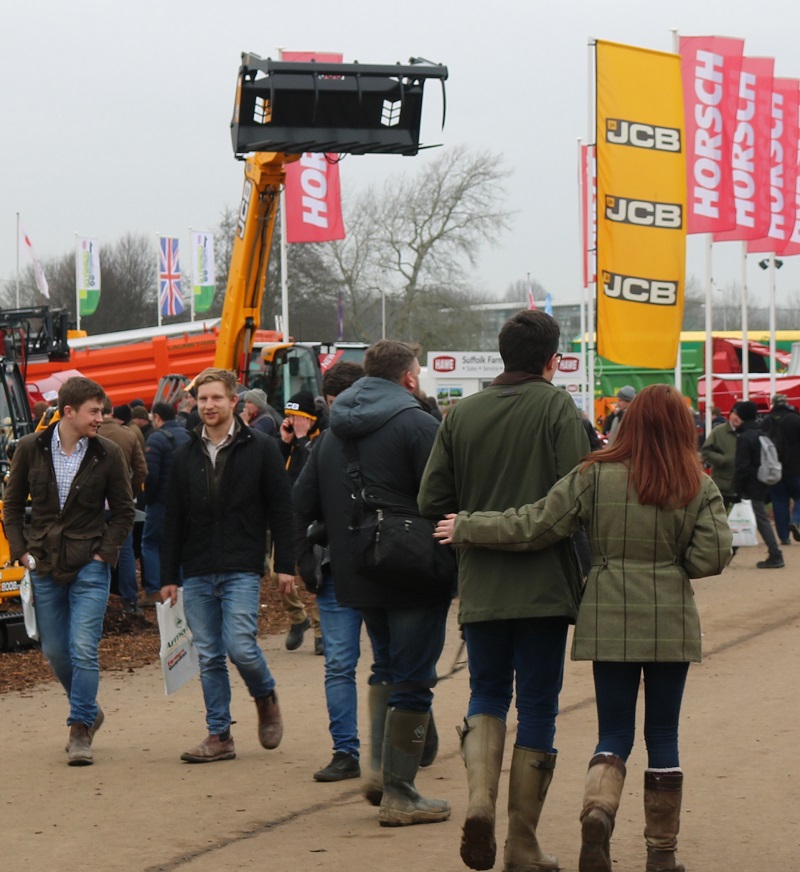
It was tricky to gauge the mood at this year’s LAMMA event at Peterborough. On the one hand, the early BPS payment and currency upturn from Brexit struck a note of optimism. But the machinery market overall is depressed, and there’s little to suggest things will recover soon – farm consultants Andersons estimates a ‘hard’ Brexit will bring its model Loam Farm’s profits down to 10% of current levels by 2025. You get the feeling that those with a flair for trying something new, with their heart set on delivering a tangible long term vision, will be the winners.
CPM has a great reputation for the quality of its ‘On Farm Opinion’ pieces. These are independent farmer-based views of how an implement or tractor fits into a particular farming system. If there have been teething problems we will tell you. We’ll also go to the manufacturers and ask them how they responded to any problems and we’ll tell you about that too.
But it’s not just about what’s on farm now. The agricultural machinery makers have been putting vast amounts of funding into research and development of new technology, so I’ll also be asking them to tell us all about their latest machinery innovations, as well as reviewing what’s on the market.
Importantly, I’ll be finding out what it means for UK farmers – with so much now manufactured for a global market, the real discussion lies where new, well resourced machinery innovations meet the particular challenges of the local environment. Blackgrass, the vagaries of the Great British weather, the drive for less soil disturbance and greater care for natural resources are just a few of the issues that shape how a new tool beds in on a UK farm.
There are technology challenges, too. Precision farming has come out of its troublesome teens and entered the world of ‘big data’. Satellite field and yield mapping, nitrogen sensing and all kinds of data collection now take place. The key is to put all the data that’s being generated to good use.
There are few events better placed to get that discussion going than LAMMA. I spent two days there looking out for what’s new, and talking to manufacturers, dealers and farmers about developments in the field (see page xx).
With the new season almost underway, fertiliser spreaders are what we’ve focused on this month (page xx). One thing that’s quite evident is that spreader technology and size have really moved on over the past few years. So together with looking at what’s available if you’re thinking of stepping up, we’ve an ‘On Farm Opinion’ from an East Yorks estate where they’ve done just that (page xx).
I was reminded of the huge amount of research that goes into bringing a new development to the market on a recent visit to the Perkins engine factory at Peterborough. It was also interesting to learn that the use of 3D-printer technology to model new engines has become an established part of the development process.
Although now a subsidiary of Caterpillar, Perkins has been making engines at Peterborough since the company was founded in 1932. Such longevity is not just down to luck. Investment in research and development, the latest equipment and technology, as well as a highly skilled and well trained workforce is the glue that holds such a business together.
So from the factory floor, to those huddled in the machinery lines at LAMMA, to the farmer discussions in the local pub, I hope you enjoy what’s come together to make this month’s machinery section. Many thanks to everyone who’s spared the time for interviews and welcomed me onto their farms. As the new girl on the block, I’m determined to get as much information as I can out to CPM readers, and I’m keen to hear from anyone who has an on-farm opinion of their own.

